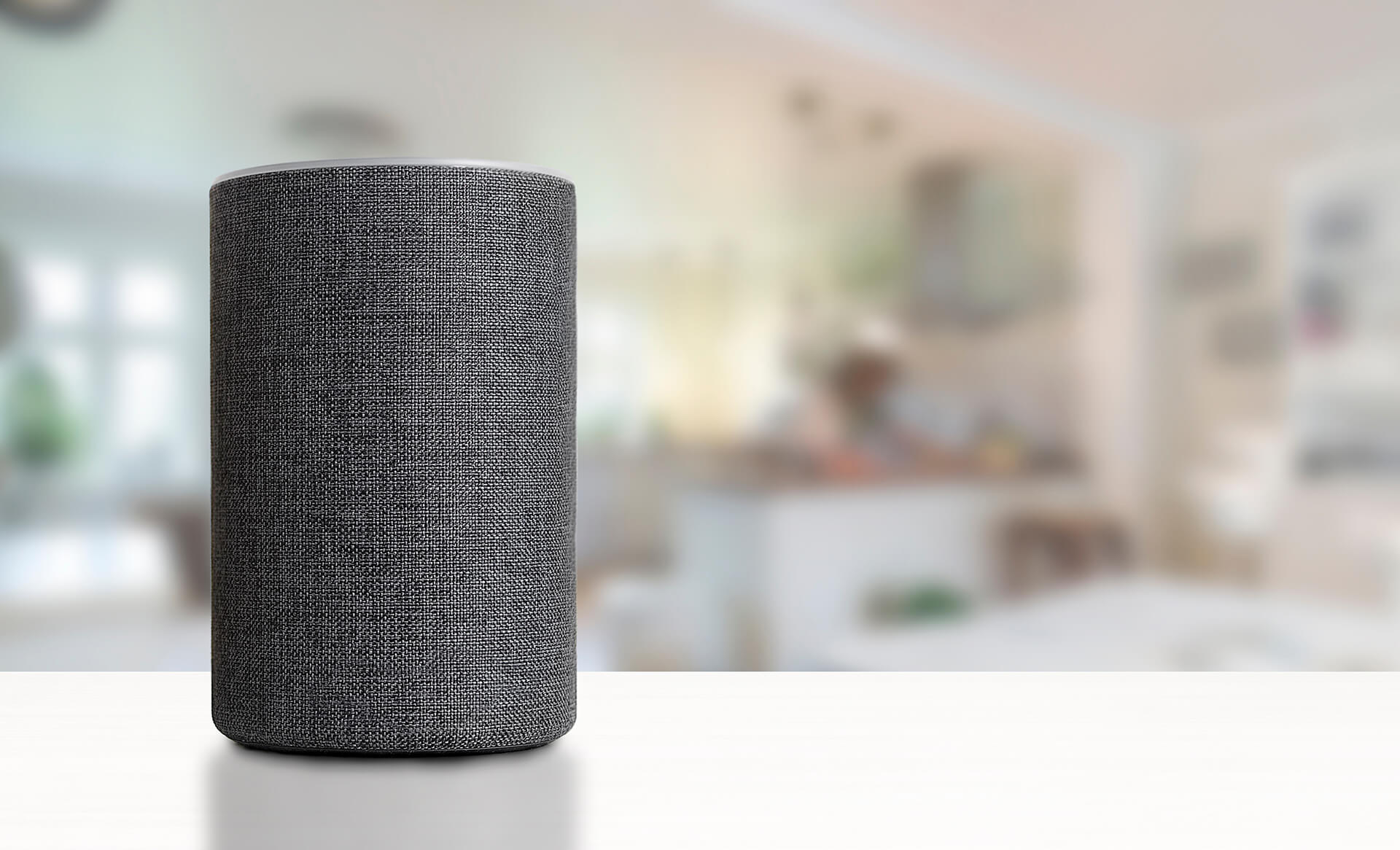With audio devices on the rise, brand names need to speak up.
When John Oliver launched the podcast “The Bugle” in 2007, its self-effacing tagline was “The audio newspaper for a visual world.” The joke was clear, but in the last 11 years, the world has embraced audio more than he and many others imagined.
The mid-2000s certainly indicated that visual communication would become increasingly dominant. Suddenly, everyone had a camera in their pocket and the platform to snap, share and stream to the world on a whim. But at the same time video was exploding, audio made giant leaps as well.
In fact, podcasting itself has worked to bust the axiom of “The Bugle” tagline. Between it and audiobooks, plenty of sound-only entertainment has held a significant share of consumer attention over the years. And now another tech advancement has begun to make an even bigger impact: voice command.
A large number of internet users have embraced voice as a way to search the web or run various operations on their smartphones. Additionally, PwC found that almost 70% of surveyed consumers either own or show interest in owning a smart speaker.
With the increasing importance of “audio-only” experiences, brands need to keep an eye on consumers’ ears. When someone can hear a product advertised on a podcast, then turn around and tell Alexa to order it for them, the entire brand conversion has happened without a single logo, typeface, or color palette coming into play.
An essential aspect to consider is whether the name of the brand or product is intuitive to pronounce. Today, Nike and Hyundai are household names, but it took years of broadcast advertising to get those names sounding the same in every house. That’s why it’s worth taking time to develop a name that can be heard, understood, and repeated. The right one will be word-of-mouth-ready from day one.
Now that people can talk back to their “radio”, a brand name is more important than ever before. Because when there’s no sight to support the sound, the name needs to work harder—expressing every bit of the brand character on its own. Even beyond the meaning it delivers, how a name sounds to the ear and feels in the mouth is a core piece of the brand’s audio identity.
What you hear is what you get.
